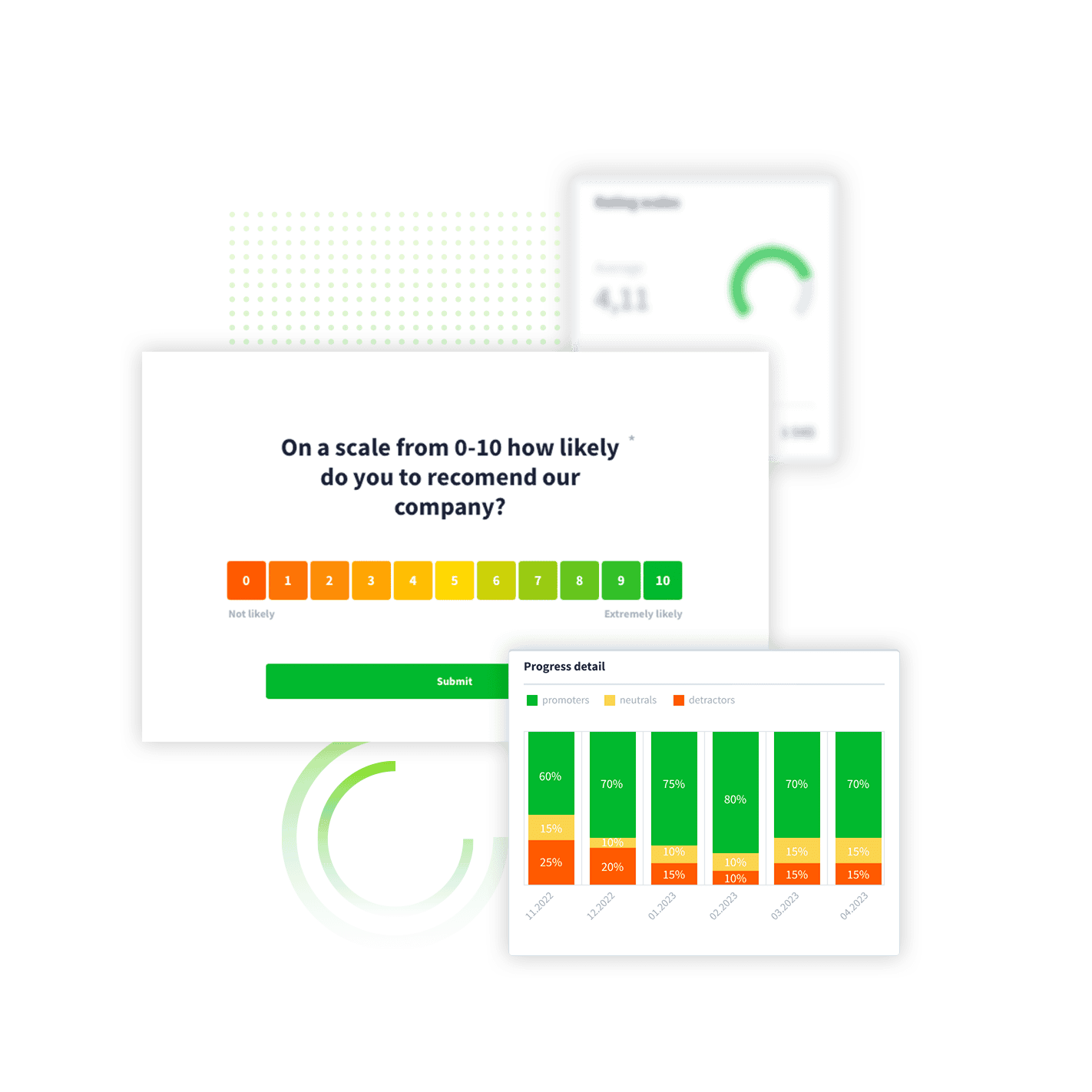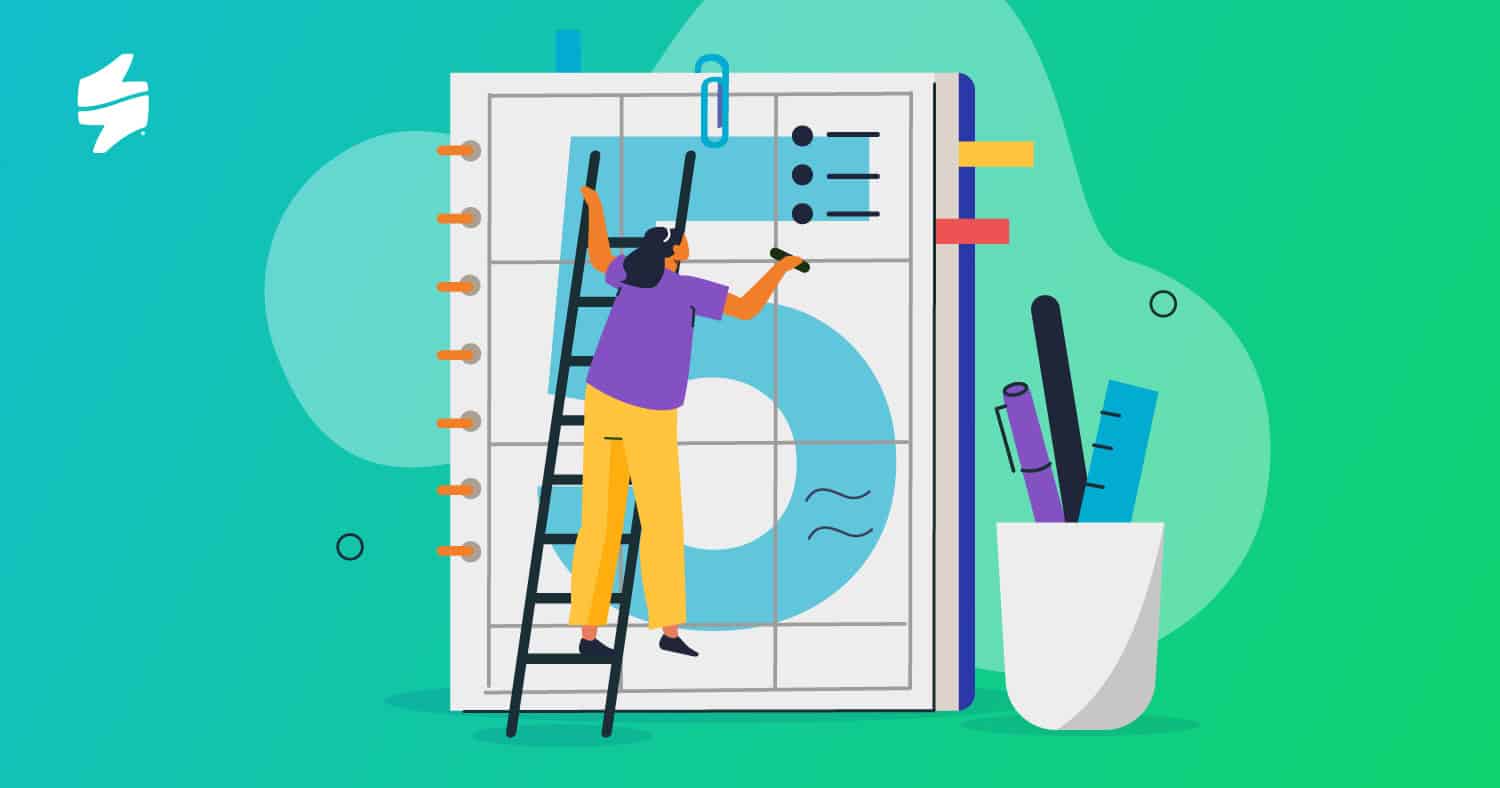It’s no surprise that companies that prioritise their customers’ journeys and satisfaction outperform their competitors in terms of loyalty, revenue, and brand reputation. At the heart of this endeavour lies a robust customer experience management framework.
This comprehensive guide will delve into the intricacies of such frameworks and equip you with industry-leading techniques and insights to maximise the effectiveness of your customer experience framework. Ready to achieve customer experience excellence? Let’s dive in!
What Is a Customer Experience Framework?
A customer experience framework is a strategic model that guides companies in consistently delivering exceptional customer experiences. It encompasses various components or processes, including customer feedback collection, analysis, and actionable insights, all aimed at enhancing the customer’s journey with a brand. A well-structured customer experience management framework enables you to systematically understand your customer needs, measure performance, and improve your interactions with customers across all touchpoints.

Without a framework for customer experience management, it’s difficult to get consistent results. However, by implementing a structured customer experience framework, you can ensure the ongoing success of your CX initiatives. This approach allows you to adjust and expand your program in alignment with your business growth, customer needs, and market changes.
3 Core Elements of a Customer Experience Management Framework
There are three core elements of a customer experience improvement framework:
1. Customer Insights
Gathering and analysing customer feedback is crucial for understanding their needs, expectations, and pain points. By employing advanced AI CX analytics and sentiment analysis, you can uncover hidden customer desires and frustrations, enabling you to tailor your offerings and communications more effectively.
2. Employee Performance Management
Ensuring that employees are aligned with the company’s customer-centric goals involves more than just setting expectations; it requires a comprehensive employee performance management strategy. This strategy includes regular training, feedback, and support systems that empower employees to excel in their roles.

3. Performance Measurement
Employing customer experience management metrics and KPIs to evaluate both customer satisfaction and employee contributions to the customer experience is critical for understanding what works and what doesn’t. Analysing these data points allows you to make targeted measures to improve the performance, customer perception and loyalty.

Transform Your Customers' Experiences
Create a bulletproof customer journey with tailored CX products and services that will foster loyalty and reduce churn.
Implementing a Customer Experience Framework in 5 Steps
A well-structured customer experience framework can lead to increased customer loyalty, higher retention rates, and improved brand perception. Here’s how to implement such a framework in five comprehensive steps:
1. Defining Clear Objectives
The first step in any strategic initiative is to define clear, measurable objectives. What exactly do you hope to achieve with your customer experience improvement efforts? Goals could range from increasing customer satisfaction scores (CSAT), reducing churn rates, improving Net Promoter Scores (NPS), or enhancing the overall customer journey across all touchpoints.

It’s crucial that these objectives are SMART: Specific, Measurable, Achievable, Relevant, and Time-bound. This clarity will guide the entire improvement process and provide a benchmark for success.
2. Collecting and Analysing Customer Data
In-depth understanding comes from gathering comprehensive CX feedback through customer surveys, interviews, social media monitoring, and other channels.
However, collecting the data is only the first step. Utilising AI for CX and machine learning tools can help analyse this vast amount of information to identify patterns, preferences, and pain points in the customer journey. This analysis should not only highlight what customers appreciate but also reveal areas for improvement. By leveraging AI customer experience tools, you can gain actionable insights more efficiently, enabling you to tailor your strategies to meet customer needs more effectively.

3. Implementing Targeted Changes
With insights in hand, the next step is to implement targeted improvements. This involves making informed changes across various customer touchpoints, such as optimising the website interface for better usability, streamlining the checkout process, personalising customer interactions, or enhancing post-purchase support.
It’s essential to prioritise changes based on their potential impact on the customer experience and the business objectives. Implementing these changes requires a cross-functional effort, involving teams from marketing, sales, IT, and customer service to ensure a cohesive and seamless AI customer journey.
4. Measuring the Impact and Refining Strategies
After implementing changes, it’s critical to measure their impact. This can be done through the same channels used to collect customer feedback initially, allowing for a before-and-after comparison. Key performance indicators (KPIs) should be revisited to assess improvements in customer satisfaction, retention, and overall experience.

However, this step is not the endpoint. The customer experience landscape is continually evolving, and so should your strategies. Regularly reviewing and refining your approaches based on ongoing feedback and changing market conditions is essential for sustained improvement.
5. Fostering a Customer-Centric Culture
Finally, for a framework for customer experience management to be truly effective, fostering a customer-centric culture within your organisation is vital. This means ensuring that every employee, from the front lines to the executive suite, understands the importance of CX and their role in delivering it.

Training programs, employee performance reviews, regular communication, and incentives can align everyone’s efforts towards the common goal of exceeding customer expectations. A customer-centric culture not only supports direct CX improvement efforts but also contributes to a positive brand reputation and long-term business success.
Implementing a customer experience framework is a strategic, ongoing process that requires commitment across the organisation. By following these five steps, you can systematically enhance your customer experience, leading to increased loyalty, competitive differentiation, and growth.

Ready-Made XM Solutions for Your Industry
Looking for Experience Management solutions for a particular industry or team within your company? Staffino's got you covered! Check out our comprehensive XM solutions and find the right fit for your business.
How can AI Support Your Customer Experience Framework?
Artificial intelligence is revolutionising the way businesses interact with their customers. From personalised recommendations to automated support, AI in customer experience offers unprecedented opportunities. Some of them are:
Personalisation
CX AI algorithms can analyse customer data to deliver tailored experiences, making customers feel understood and valued.
Efficiency
AI-powered chatbots and virtual assistants provide instant support, reducing wait times and improving satisfaction.

Insights
AI tools can sift through vast amounts of data to uncover trends and insights, guiding strategic decisions to better meet customer needs.
Create a Winning Customer Experience Framework with Staffino!
In the age of the customer, delivering exceptional experiences is non-negotiable. A robust customer experience improvement framework, underpinned by effective employee performance management and leveraged through AI technologies, can provide a strategic roadmap for achieving this goal.
Unlock the full potential of your customer experience framework with our intuitive online platform, designed with every tool you need to achieve CX mastery. But we don’t stop there. Our team of seasoned CX consulting experts is at your disposal, ready to craft a customer experience framework tailored to your unique business requirements.

Get a First-Hand Experience Today!
Staffino is the perfect tool for creating engaging surveys, tracking performance, responding to customer feedback, and rewarding top employees. Get started today with our FREE demo!









